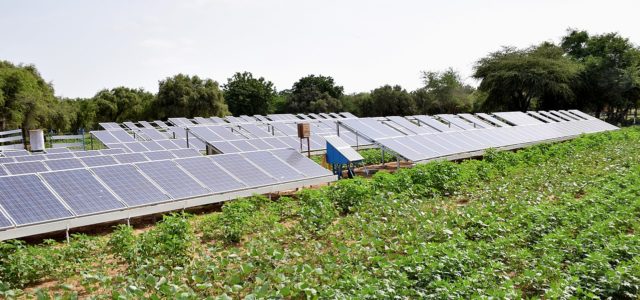According to a report published by Consultative Group on International Agriculture Research in 2012, one-third of global greenhouse gas emissions come from agriculture. With increasing population, the demand for food production is rising. In such circumstances, the farmers will need to switch to more clean energy technology for agriculture and food production.
Solar energy is the cleanest form of energy. Earlier, it was not feasible to utilize this energy for its expensive equipment. However, now with the rise of solar in the world, the prices of solar technology have fallen drastically. This makes it highly affordable for everyone to use it.
The following are five ways to use solar energy in agriculture and reduce the carbon emissions caused because of it.
- Solar Generators
According to The World Bank, 60% of India’s irrigation system relies on groundwater. Majority of the farms in the country use diesel generators to power the motor that pulls the groundwater out for irrigation purpose. These diesel generators can be replaced with solar generators which will reduce the emissions and will cost as much or even less than the diesel generator over the period of 3 years.
Apart from this, the spills caused by diesel generator also cause the soil to contaminate which will not happen in solar generators.
- Solar Irrigation
The irrigation systems are mostly powered by electricity. Irrigation is mostly done during the day. Using solar instead of electricity can save a lot of fuel and money.
- Solar Fencing
Farms often need fencing solutions to keep stray animals or livestock away from the crop in order to protect it. These fences are powered by electricity currently. The electricity required to power these fences can be generated using solar energy making the fencing eco-friendlier.
- Solar Sensors
To make the irrigation system more efficient and reduce wastage of water, the farmers install sensors in the soil to measure its moisture and nutrient content. This data is then used to nourish the soil with water and fertilizers in the required amount. These sensors can be made using solar technology as mainly the daytime data is essential to monitor.
- Solar vehicles
Vehicles are required in the farm for various purposes including ploughing and moving the produce. Using solar vehicles can help reduce the carbon footprint of the agriculture practice.
Article Credit: CSRJournal

